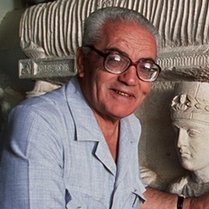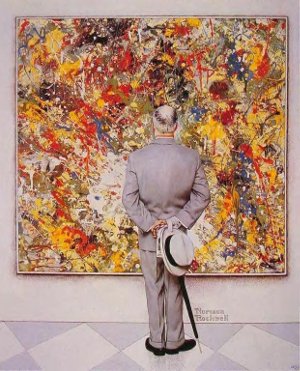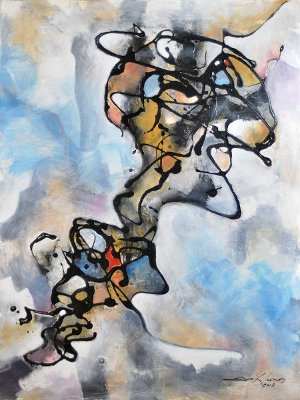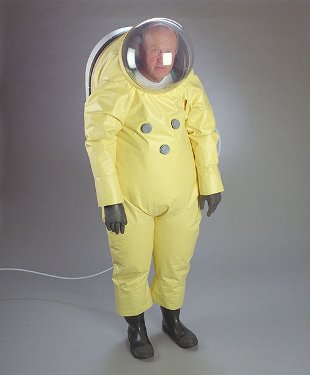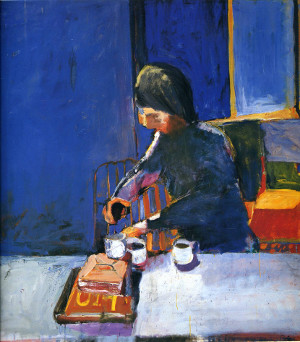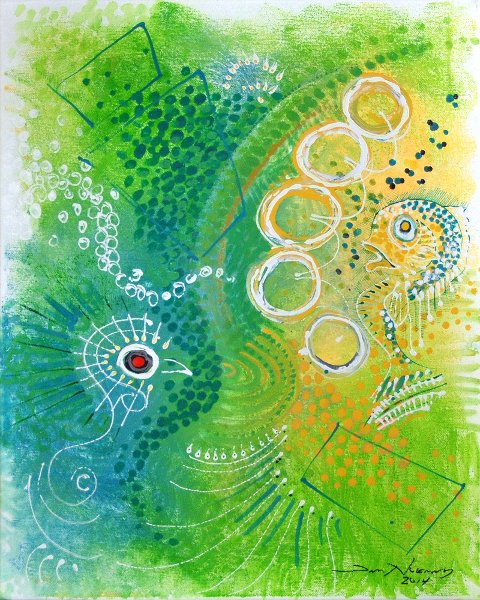
If you change your mind, maybe you can spit it out later…
During the first twenty years of my life, a time I mostly spent romping around the woods and fields of Sand Mountain (that’s in northeastern Alabama, for you heathens), I saw exactly two venomous snakes. One was a cottonmouth swimming in a catfish pond, who took one look at me and swam the other way; the second was a copperhead sunning himself on a rock next to that same pond. I was able to sneak up close enough to spy on the copperhead for about two seconds before he, also, detected my presence and bolted.
There are, in fact, four venomous snakes native to my home state: the water moccasin, the copperhead, the coral snake, and an assortment of rattlesnakes. (The latter two varieties managed to elude me for the entire two decades, despite my habit of placing myself very much in their way. To this day I’ve never seen a rattlesnake or a coral snake outside of an open glass tank in a church … but that’s a story for another day.) The majority of the snakes in the region are harmless to humans, or even highly beneficial, efficient predators on mice, rats, moles, and other farmyard pests.
Continue reading “Sweet Poison”
